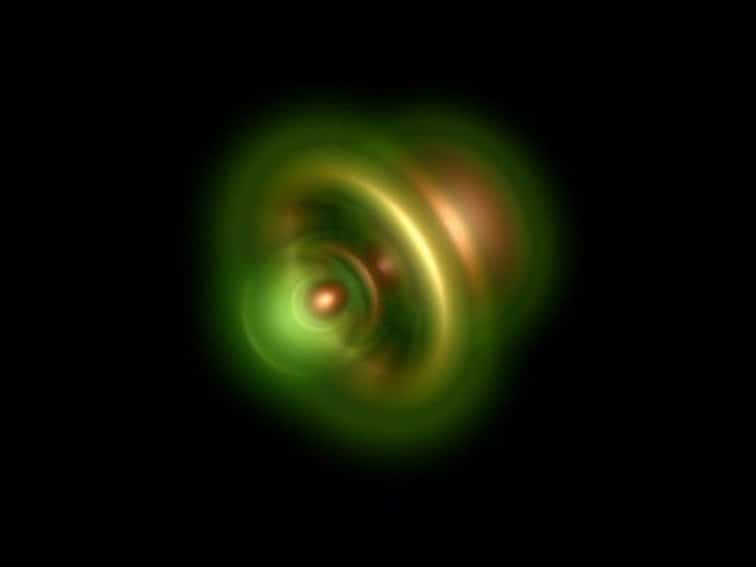The Tag Heuer Mikrotimer made horological history when it became the first mechanical watch with the ability to time an event up to 1/1000th of a second. That’s about as small a scale currently possible for a mechanical watch, and it’s undeniably impressive. (Editor’s note: one of our readers reminded us of the Tag Heuer Mikrogirder concept watch, capable of timing an event down to 1/2,000th of a second!)
Recently, physicists observing changes on an atomic level have measured the ejection of an electron at the smallest ever recorded scale—a trillionth of a billionth of a second, or a zeptosecond. To achieve this incredible feat, researchers studying the photoelectric effect (a discovery for which Albert Einstein was awarded a Nobel Prize in Physics in 1921) at the Max Plank Institute in Germany used two lasers firing short bursts of different light toward a jet of helium to knock off an electron. The lasers then detected the emissions, which scientists were able to measure down to 850 zeptoseconds. This discovery gives scientists a better understanding of how the quantum process works, and may one day be critical to quantum computing and superconductivity.

The study was published in Nature Physics. To read a summary of the experiment, visit NewScientist.









 Featured Videos
Featured Videos





